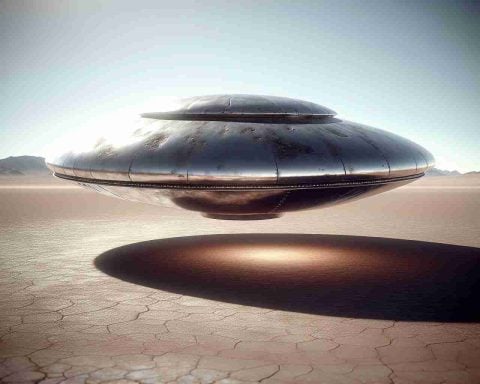In an era defined by rapid technological advances, the concept of celebrity is undergoing a seismic transformation. Emerging technologies such as artificial intelligence and virtual reality are not just reshaping our daily lives—they’re redefining stardom itself. Imagine attending a concert where the performer is not a person of flesh and bone but a hyper-realistic AI-driven hologram. Welcome to the future of celebrity: the era of digital doppelgangers.
Several companies are now developing AI models capable of mimicking not just the voice and appearance of famous figures, but also their mannerisms and creative styles. This opens up possibilities where these virtual entities can star in movies, record songs, and engage in social media interactions without human intervention. The implications are staggering: will the celebrities we idolize be replaced by digital facsimiles?
While some argue this denotes the end of human celebrity as we know it, others suggest it complements and enhances their reach. Imagine an artist being able to perform live in multiple places around the world simultaneously, or actors being available for the creative demands of film and television without geographic constraints.
This intersection of technology and fame is not without ethical considerations. Issues surrounding consent, authenticity, and ownership of digital likenesses loom large. As these technologies continue to evolve, the entertainment industry and its audiences will be compelled to reconsider what it truly means to be a “celebrity” in the 21st century.
The Digital Revolution: How AI and VR Are Shaping the Future of Fame
The landscape of celebrity is rapidly evolving, influenced by groundbreaking technological innovations like artificial intelligence (AI) and virtual reality (VR). As these technologies advance, we witness changes not only in how we consume entertainment but in the very fabric of what it means to be a celebrity.
One of the most profound innovations in this domain is the development and deployment of hyper-realistic AI-driven holograms. Companies specializing in AI are creating models that can replicate not just the voice and appearance of famous personalities, but also their unique mannerisms and creative expressions. This leap in technology allows these virtual entities to feature prominently in areas such as films, music, and even on social media platforms, often without any direct human interaction.
How Digital Celebrities Function
The capabilities of digital celebrities are multidimensional. They can perform live across multiple venues simultaneously, breaking geographic barriers and expanding their global reach. For instance, an AI model of a popular musician can hold concerts around the world at the same time, offering fans an opportunity to experience a live performance without leaving their city. Meanwhile, in the film industry, digital actors can fulfill complex roles without the exhaustion or scheduling conflicts faced by human actors.
The Pros and Cons of Digital Fame
Pros:
– Expanded Reach: AI-driven celebrities can engage with a global audience simultaneously.
– Efficiency: Virtual entities can produce content rapidly, reducing the delays associated with human limitations.
– Learning Capabilities: AI models can learn and adapt from audience interactions to refine their performances.
Cons:
– Ethical Concerns: Issues of consent and ownership over digital likenesses raise moral questions.
– Authenticity Crisis: The essence of human artistry and originality could be compromised.
– Industry Impact: Potential displacement of human actors and performers may lead to job losses.
Potential Controversies
The rise of digital celebrities is not without its controversies. The entertainment industry faces pressing questions about authenticity and the ownership rights of an individual’s digital likeness. As AI continues to develop, there is an urgent need to establish clear guidelines on consent and ethical use.
Digital Celebrities Versus Traditional Celebrities
Comparing digital and traditional celebrities uncovers fascinating dynamics. While digital celebrities offer scalability and ease of interaction, traditional celebrities bring irreplaceable human emotions and personal experiences that AI cannot replicate fully. This comparison is crucial in understanding how both can coexist and potentially complement one another in the evolving entertainment ecosystem.
Future Trends and Predictions
The fusion of AI and celebrity culture might revolutionize industries beyond entertainment, such as marketing and brand endorsements. Digital entities could represent brands globally, maintaining a 24/7 presence without the physical limitations of human celebrities. As these technologies continue to mature, they promise to redefine what it means to engage with and be influenced by stars in various sectors.
Conclusion
AI and VR are not just shaping celebrity culture; they are transforming global cultural interactions. As we move forward, the dialogues around ethics, authenticity, and adaptability will be crucial in navigating this evolving digital frontier. For more insights on how technology is changing the entertainment landscape, explore more at OpenAI.



















